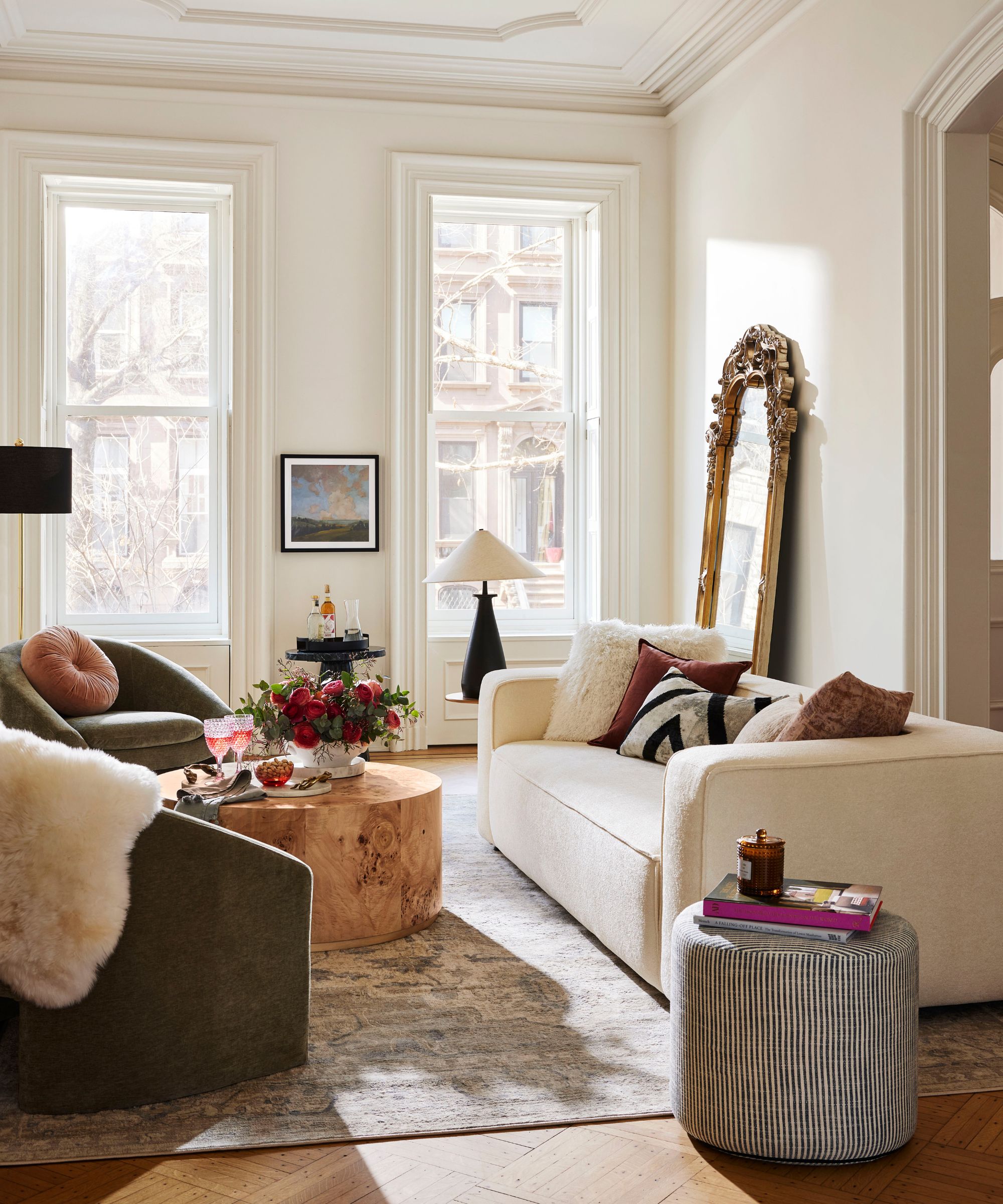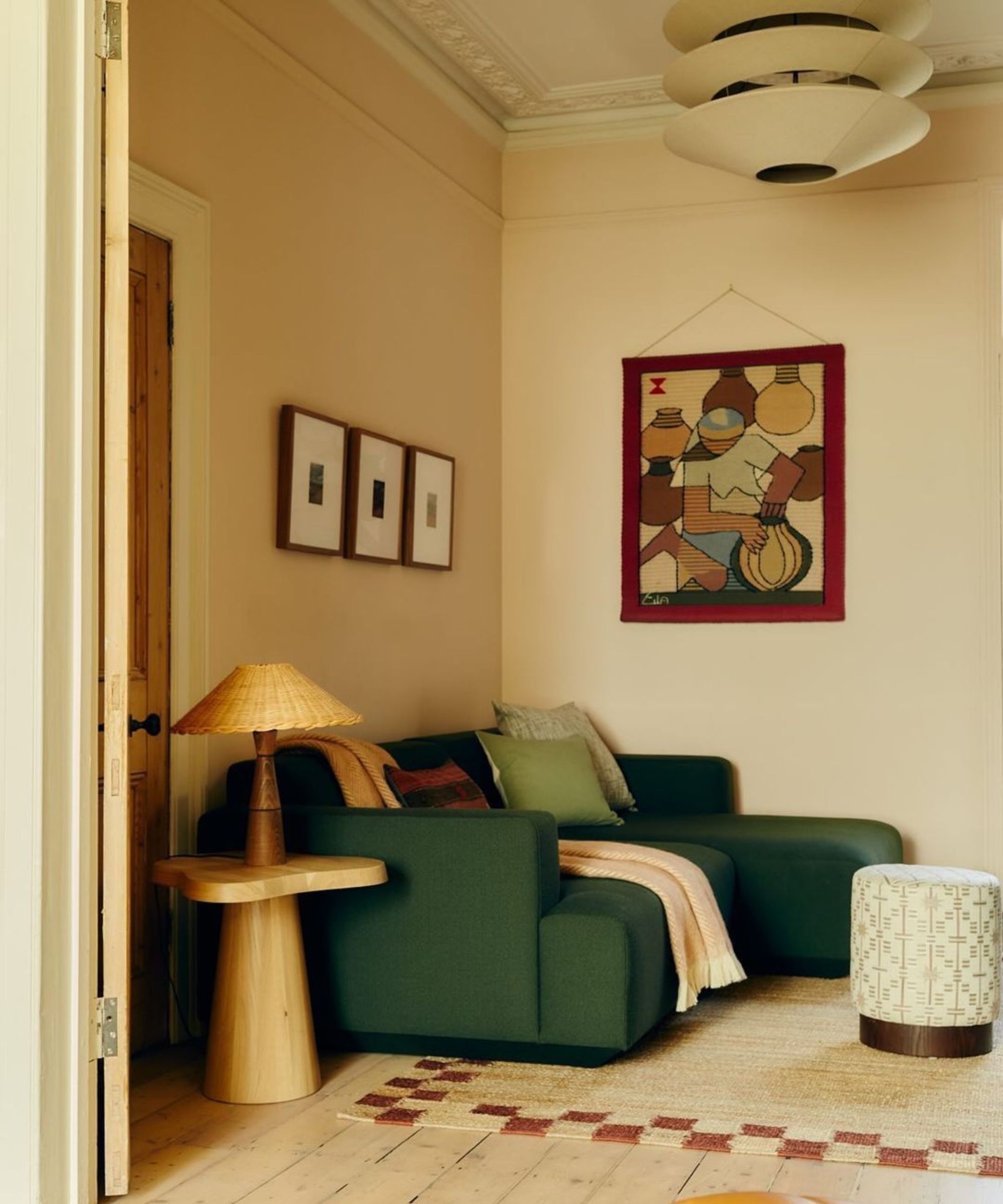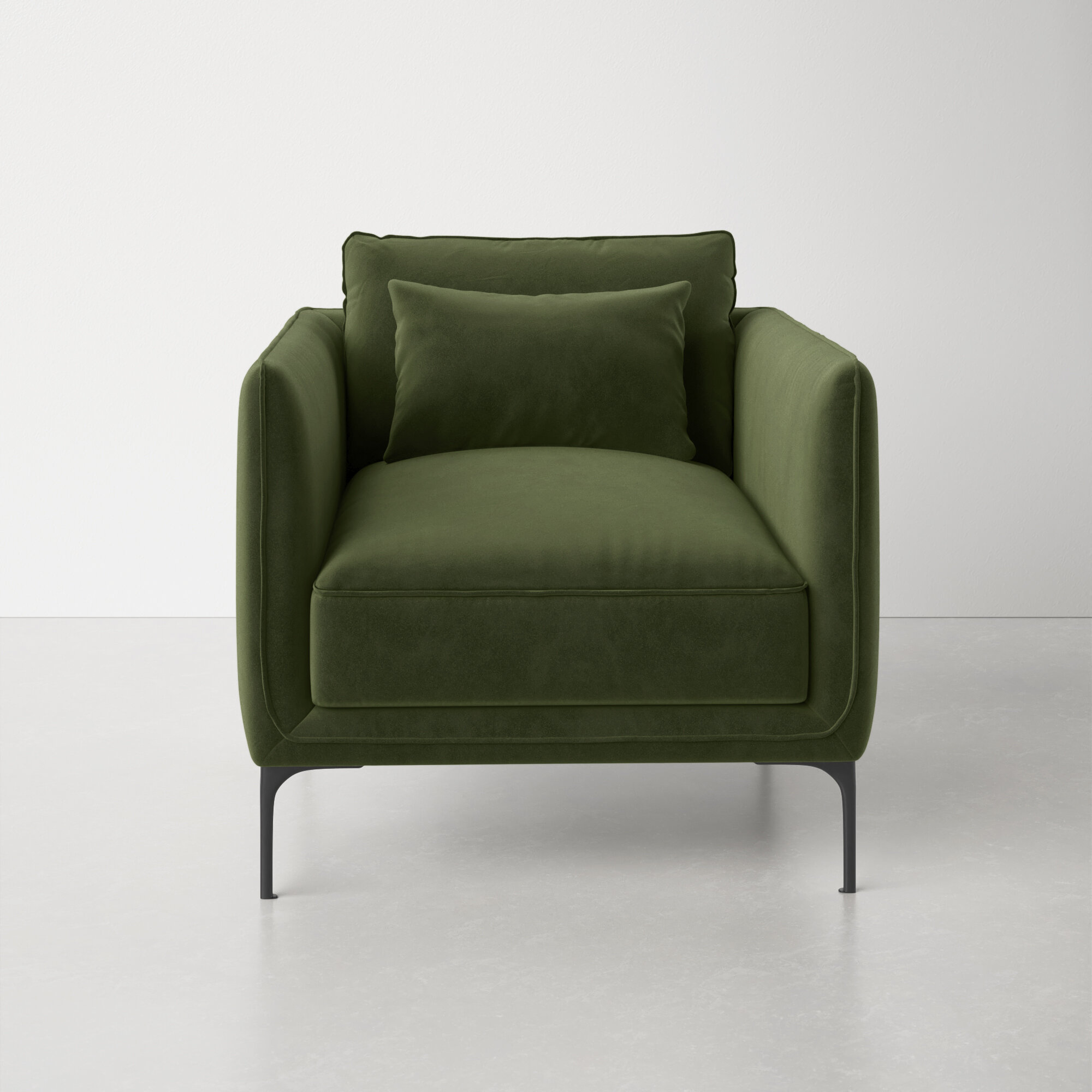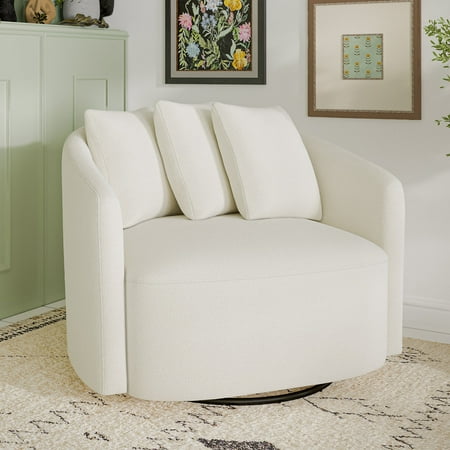'It's the difference between a room that feels thrown together and one that flows' – designers explain the 4" seating rule and why you should be following it
Never heard of the 4" seating rule? Fear not, it's the simplest trick that makes a living room layout feel instantly more balanced and put together


Have you heard of the '4" seating rule'? When a designer first mentioned it to me, I had to get more clarity. I was thrilled to hear it's a very low-lift but highly impactful trick that makes any layout (be it a living room, home office, or snug) feel far more pulled together and intentional.
Designed to make living room seating ideas feel balanced and cohesive, the 4" seating rule is a basic design tip that's oh-so simple to follow. In a nutshell, to make your scheme feel connected and well-designed, you should ensure that all your seating sits at a similar height – within 4" of one another.
The beauty of the trick is that a room feels automatically more put together when the bulk of furniture sits at one consistent level, so no matter what furniture trend you follow (it could be several styles all in one space), this shared common thread ensures that pieces sing together and still shine solo.
I spoke to furniture and design experts to learn more about the method and exactly how to use it at home.
What is the four-inch seating rule?

'The 4-inch seating rule is a simple yet highly effective design guideline that recommends keeping the seat heights of all key seating pieces, such as your sofas and armchairs, within a 4-inch height range of one another,' Jill O’Doherty, Design Consultant at Sofas & Stuff. 'This helps create a cohesive and balanced seating arrangement, both visually and functionally, and ensures comfortable conversation flow.'
'When seat heights vary too much, it has the potential to make a space feel disjointed and imbalanced. By aligning seating heights, this creates a more intentional and comfortable living area, contributing to the welcoming flow and atmosphere of the room.'
'This small detail goes a long way in creating a visually balanced, well-proportioned space,' adds Nicky Emlick, Creative Director at Sofa.com. 'Just as importantly, it also makes conversation feel more relaxed and natural by keeping everyone at a similar eye level, making your living room feel more connected and comfortable.'
Design expertise in your inbox – from inspiring decorating ideas and beautiful celebrity homes to practical gardening advice and shopping round-ups.
How to put the four-inch seating rule into practice

As eclectic interiors and transitional styles continue to be at the forefront of interior design trends, more of us are mixing old and new to make our homes feel more unique. Mixing and matching styles is all well and good, but to ensure you still have cohesion and the room feels welcoming rather than awkward, you should consider the 4" rule.
'When choosing furniture, many people are embracing a more confident and eclectic style, moving away from perfectly matching sets. This is where simple guidelines like the ‘4" seating rule’ can be helpful,' Gisela Lancaster, Head of Buying at Sofology.
'While mixing different sofa and chair styles can create a unique look, the key is to maintain a sense of cohesion so the room feels balanced and calm. I think personal style and comfort should always come first, but keeping proportions in mind can prevent awkward layouts and ensure your space both looks and functions beautifully.'
'To put the 4" rule into practice, start with the seat height of your main sofa, suppose this sits at 18". Then, when selecting accompanying chairs or additional seating, in keeping with the rule, aim to have them within the 14" to 22" range. This creates visual balance and ensures guests don’t feel out of sync when seated together. Once seat heights are balanced, you can explore layering texture and color through cushions, throws, and rugs to define areas further and add warmth with confidence,' explains Jill O’Doherty.

This might sound like a strict rule around living room clearances, measurements, and spacing, but as with any interior design rule, they are allowed to be bent.
'The 4" rule might sound niche, but it’s the difference between a room that feels thrown together and one that flows. You don’t need to bring out the tape measure, but if your armchair feels like it’s towering over your sofa, or vice versa, you will feel off balance. It’s less about an exact measurement and more about creating a sense of ease with eye levels,' Nicky explains.
'Today’s living rooms have to cater for all kinds of living – long lunches that roll into evenings, quiet reading hours, lively chats with friends, and sometimes even a WFH hot spot. When seat heights are within a few inches of each other, it creates a level playing field that’s both visually calm and socially inviting. Everyone feels part of the same conversation; no one’s perched awkwardly. It’s a subtle cue that says: relax, stay a while.'

Interior designer Nina Lichtenstein says, 'Imagine a living room where a low-slung modern sofa sits across from traditional armchairs that are much higher off the ground. The conversation area can feel awkward because the eye jumps between the pieces, and the flow of conversation is subtly disrupted.'
She adds, 'That doesn’t mean every seat has to match. In fact, contrast is part of the charm. A deep lounge chair paired with a more upright slipper chair works beautifully as long as they’re within that 4" range. It’s less about uniformity and more about ensuring no one feels perched while another is sunk low, keeping the group dynamic visually and physically aligned.'
'If you love eclectic mixes, this rule is your best friend. You can combine a sculptural accent chair with a vintage sofa or mix modern dining chairs with a rustic bench, and as long as the seating heights fall within that window, the space feels collected rather than chaotic.'
Mollie Ranize, Founder of Dmar Interiors, says 'For me, the 4" seating rule isn’t so much a talking point as it is an unspoken standard. The aim of any seating arrangement is to create a comfortable conversation zone.'
'Keeping seat heights within a similar range helps maintain natural, relaxed eye contact. In a living room, for example, I like to keep sofas, accent chairs, and ottomans between 16" and 20" high so everyone stays visually connected and at ease.'
The 4" seating rule is a helpful guide for creating a cohesive, well-balanced living room, snug, or home office, no matter the mix of furniture styles. While it needn't be followed meticulously, using it as a rough measurement to create consistency is helpful and makes creating a level layout far simpler.

I am the Interior Design News Editor at Homes and Gardens, covering mainly US-based designers and trending news stories. My love for interiors began when I interned in an interior design studio, working on commercial and private spaces. My passion grew while working in production, where I sourced beautiful locations for photoshoots and campaigns. Outside of work, I enjoy collecting antique decor and mid-century furniture for my home.


